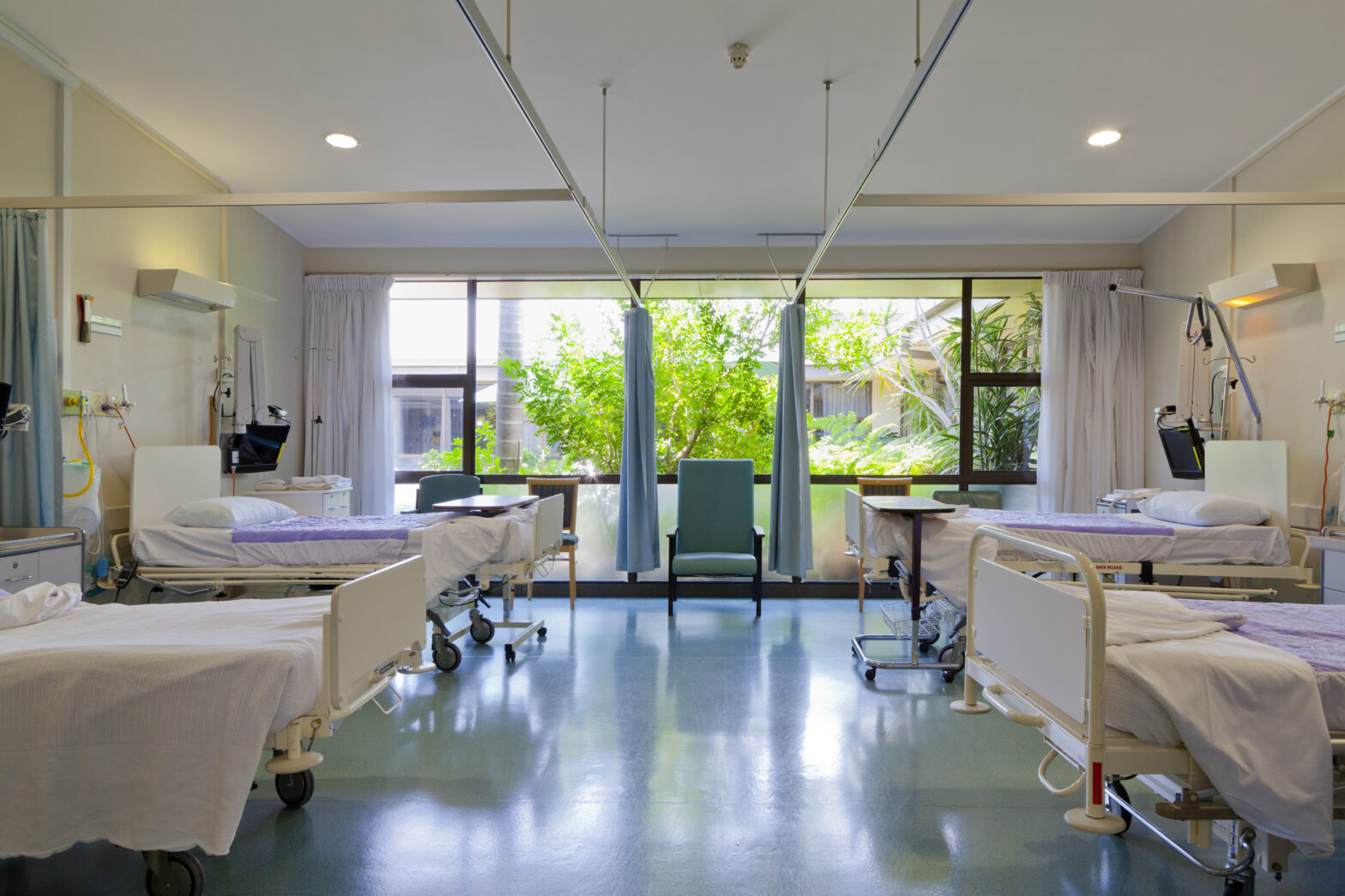Uber drivers are being trained to drive elderly patients home from hospital in an attempt to tackle the shortage of beds. However, this isn’t the only way in which Uber-like technology is being implemented to maintain high standards of face-to-face treatment and revolutionise traditional healthcare business models.
With UK hospitals experiencing an extreme shortage of beds, it is important to place focus on the delivery of service to patients through the use of new and innovative digital solutions.
Health officials say patients recover faster if they are cared for in their own homes by GPs, district nurses, and carers. However, many healthcare institutions do not have the resources to care for patients who would previously have needed to extend their stay in hospital.
>See also: The next necessary step in healthcare: remote mobile solutions
The demand for beds is rising due to the pressures of an ageing population, with many more patients suffering from long-term illnesses. However, harnessing the power of next-generation technology generates a resolute staffing model which can improve the nursing allocation process and bring them to the homes of patients who can no longer remain hospitalised.
Increasing nurse utilisation and reducing staff scheduling allows hospitals and GP surgeries to direct the most appropriate support to each patient’s individual needs, and this is something that automation apps can systematise.
Such apps can schedule appointments with nurses based on their proximity to the patient, matches medical speciality to the patient’s need, and then schedules their best matched nurse to visit the patient at home.
>See also: Transforming healthcare with tech
Ultimately, technology like this is playing a fundamental role in transforming the future of healthcare in its ability to improve outcomes, utilise staff more efficiently, and change the way doctors think about providing care.
While there are challenges to technology in healthcare, its potential uses include advanced analytics and robots that have the ability to provide medication alerts and schedule patient appointments.
Using a single digital interface provides health professionals with detailed reports of a patient’s health in just one click. In terms of managing data, UK healthcare has largely been paper driven, which makes the process of filtering, storing and analysing patient data a complex and time-consuming task.
This has catalysed the need to reduce costs and drive efficiency by using advanced digital solutions to read and hold data, making it less prone to human error and reducing the risk of delayed treatment.
>See also: Data-driven mental healthcare solving the crisis?
In addition to this, the nursing community are constantly working to execute a firm and efficient strategy to alleviate the pressures of a lack of beds, which results in overcrowded wards.
Automation solutions provide the opportunity for nurses to have a flexible part-time working schedule, whilst maintaining and even boosting income. By relieving the pressures that nurses currently face, healthcare will become more patient-centric, therefore improving quality of care and heightening patient satisfaction.
By implementing real-time digital solutions that boost efficiency, patients will receive the treatment that is appropriate to them from the comfort of their own home.
Sourced by Bhupender Singh, CEO of Intelenet Global Services
Nominations are now open for the Tech Leaders Awards 2017, the UK’s flagship celebration of the business, IT and digital leaders driving disruptive innovation and demonstrating value from the application of technology in businesses and organisations. Nominating is free and simply: just click here to enter. Good luck!







